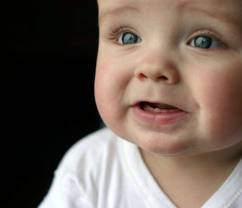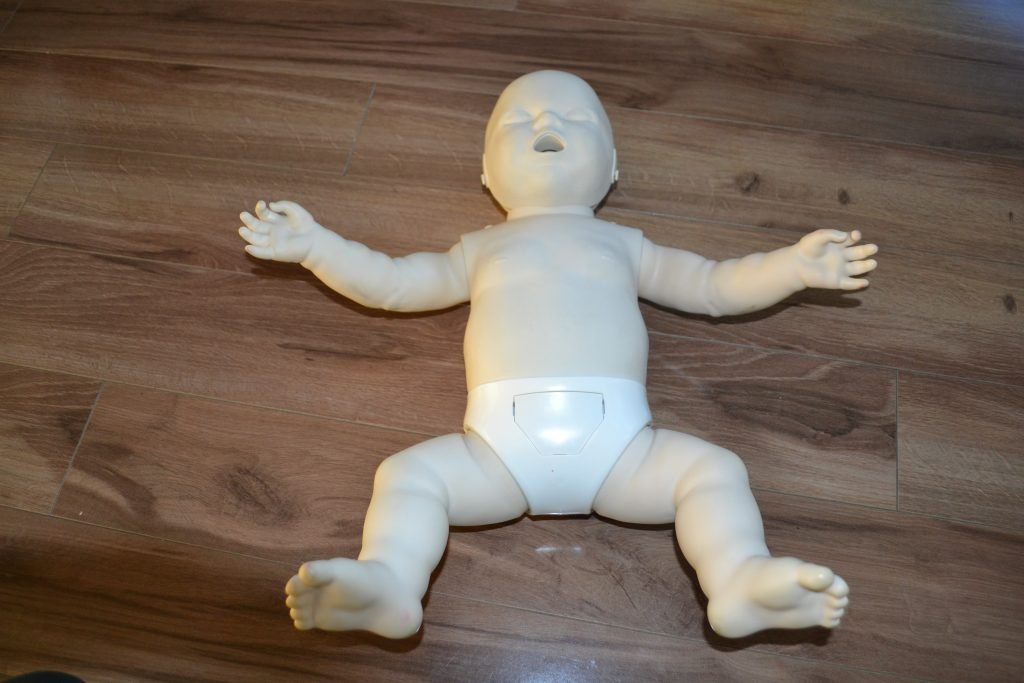Fever or pyrexia is a natural reaction of the body in fighting off viruses and bacteria that cause infections. A fever is a symptom that the body of a child is fighting a condition or an infection. It happens once the temperature of the body is above the normal temperature of 98.6 degrees F. The affected child feels fatigued and nauseous.
Causes of fever
- Bacterial infections such as rheumatic fever or scarlet fever
- Medications
- Illegal drugs
- Viral infections such as the flu
- Conditions due to heat exposure
- Sometimes, it can be caused by inflammatory diseases such as juvenile rheumatoid arthritis
Symptoms

- Body aches
- Headaches
- Feeling hot or colder than other people in the room who feel comfortable
- Difficulty in sleeping or sleeping more than usual
- Poor appetite
Treatment
- Take a warm bath at least 10 minutes every hour.
- Check the temperature of the affected child using a thermometer.
- Take the prescribed pain medication to lessen the fever. Avoid giving children aspirin due to the risk for developing Reye’s syndrome.
- Soak a small cloth in cool water and lay it across the head of the child to lower the temperature.
- Avoid overdressing when indoors, even during winter. Dress the child in single layer of clothing and cover him/her with a light blanket.
- Give the affected child a sponge bath in warm water to lessen the fever. In a bathtub filled with warm water, put the child in the tub and use a sponge or washcloth to wet the skin of the body. The evaporation of the water from the skin cools the body.
- Avoid making the child dehydrated. Let the child drink clear fluids. Clear fluids such as chicken soup and other rehydrating drinks can be given. The color of the urine is light colored at least every four hours if the body is well hydrated.
- Allow the child to get enough rest as much as possible for fast healing of the condition. Wear loose and comfortable clothing to relax the body and for proper blood circulation in the area and staying cool.
If the child is suffering from diarrhea or vomiting, seek medical help immediately.
Tips
- Maintain personal hygiene by washing hands with soap and water regularly
- Handle foods with clean hands.
- Cover the mouth and nose especially when sneezing and coughing
- Proper pediatric immunization schedule
- Getting plenty of sleep
- Eat a well-balanced diet that includes fresh fruits and vegetables
Quick Note / Disclaimer
The material posted on this page on fever among children is for learning and educational purposes only. To learn to recognize and manage fever among children, register for a first aid and CPR course with one of our training providers.
FACT CHECK
https://www.medicinenet.com/aches_pain_fever/article.htm
https://www.medicalnewstoday.com/articles/168266.php
https://www.mayoclinic.org/diseases-conditions/fever/symptoms-causes/syc-20352759
